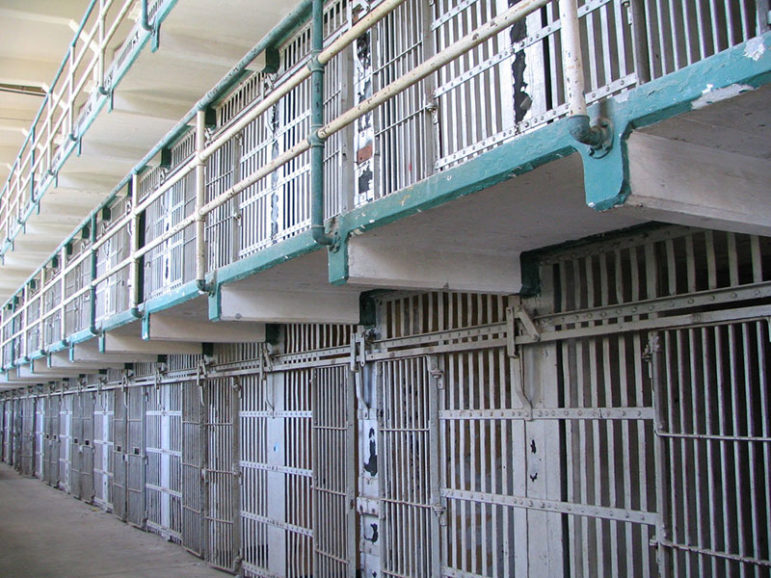
September 6, 2016; New York Times
Aaron Negangard, the prosecutor in rural Dearborn County, Indiana, says, “I am proud of the fact that we send more people to jail than other counties. That’s how we keep it safe here.”
While incarceration rates are on the decline in major cities across the country, in Dearborn, an incredible one in ten people are in jail, prison or on probation. A New York Times analysis of the National Corrections Reporting Program indicates that in the most populous counties, the number of new inmates per 10,000 residents steeply declined, from 25 to about 16, between 2006 and 2013.
A bipartisan campaign to reduce mass incarceration has led to enormous declines in new inmates from big cities, cutting America’s prison population for the first time since the 1970s. From 2006 to 2014, annual prison admissions dropped 36 percent in Indianapolis; 37 percent in Brooklyn; 69 percent in Los Angeles County; and 93 percent in San Francisco.
But in counties with less than 100,000 residents, this number increased during the same time period even though crime has fallen at the same rates as elsewhere, and it doesn’t appear that these counties will slow down anytime soon. “In smaller counties, prisons are often the only well-funded response to a range of social ills, including drug abuse and mental illness.”
Sign up for our free newsletters
Subscribe to NPQ's newsletters to have our top stories delivered directly to your inbox.
By signing up, you agree to our privacy policy and terms of use, and to receive messages from NPQ and our partners.
This brings up serious questions of equal protection under the law. Peter Wagner, executive director of the Prison Policy Initiative, believes that these disparities are due in part to abuse of power by prosecutors.
Letting local prosecutors enforce state laws differently throws all notions of equality under the law out the window. This data puts governors and legislative leaders on notice that if they want to put criminal justice reforms into effect, they need to look at how prosecutors use and abuse their discretion.
This is a plausible argument for Dearborn County, where the high incarceration rate seems to be driven by Negangard’s strict attitude towards the law and “If you’re not prosecuting it, then you’re de facto legalizing it” stance. But, Dearborn is not the only county or city that’s coming down hard on criminals.
While cities are now providing some alternative approaches, particularly for drug offenses, rural communities opt for an aggressive approach, meting out long prison sentences. A look at New York, for instance, indicates that New York City has cut incarceration rates by sending drug offenders into treatment programs. However, the more rural counties in New York still send drug offenders to prison with sentences as long as 35 years. Some say that the divergence in sentences is due to growing differences in how people believe crime should be punished. Liberal cities tend to vote in favor of criminal justice reform whereas this is not a winning platform among conservative voters.
However you look at it, it is clear that the constituents in these counties need to make their voices heard if change is to occur. As Negangard said, “My constituents are the people who decide whether I keep doing my job. The governor can’t make me. The legislature can’t make me.”—Sheela Nimishakavi













